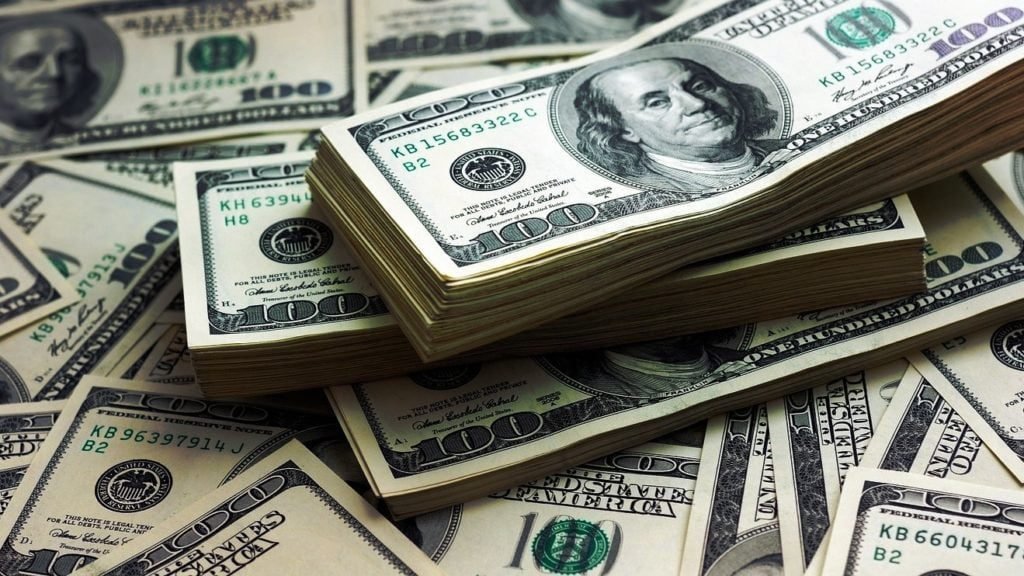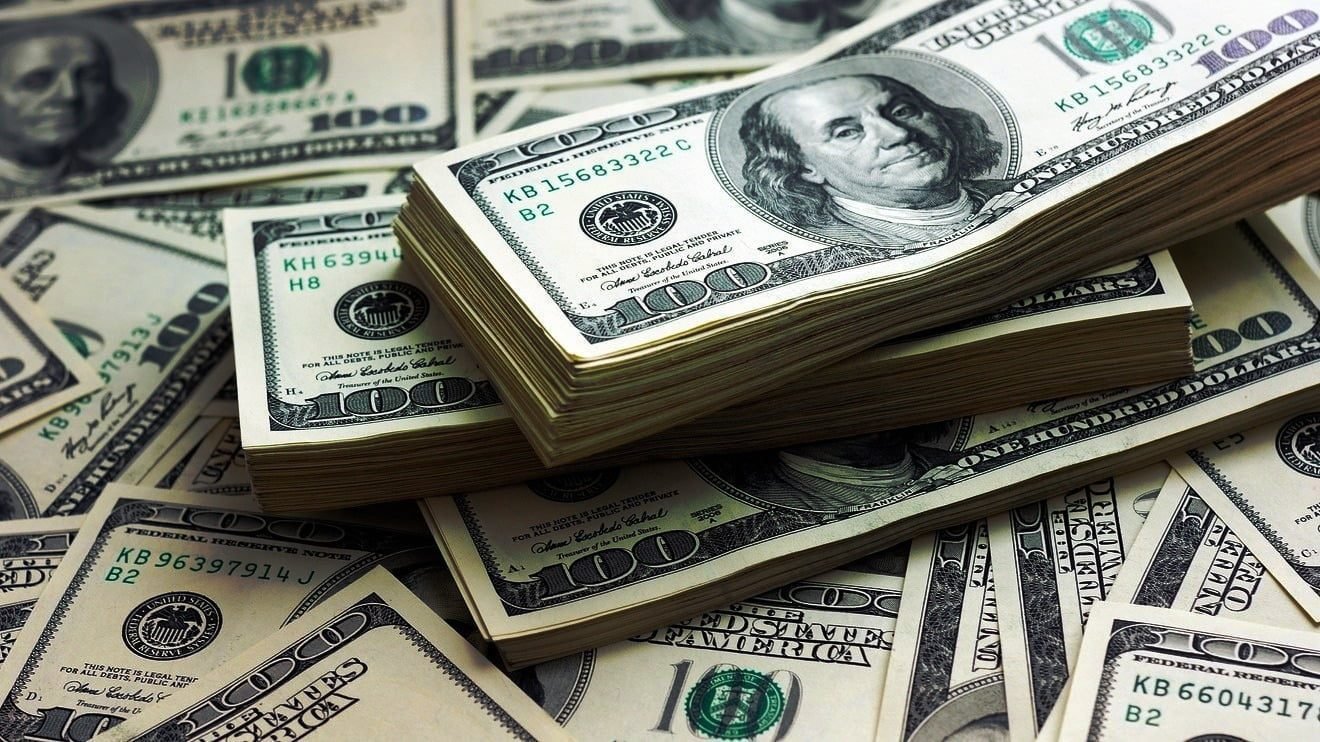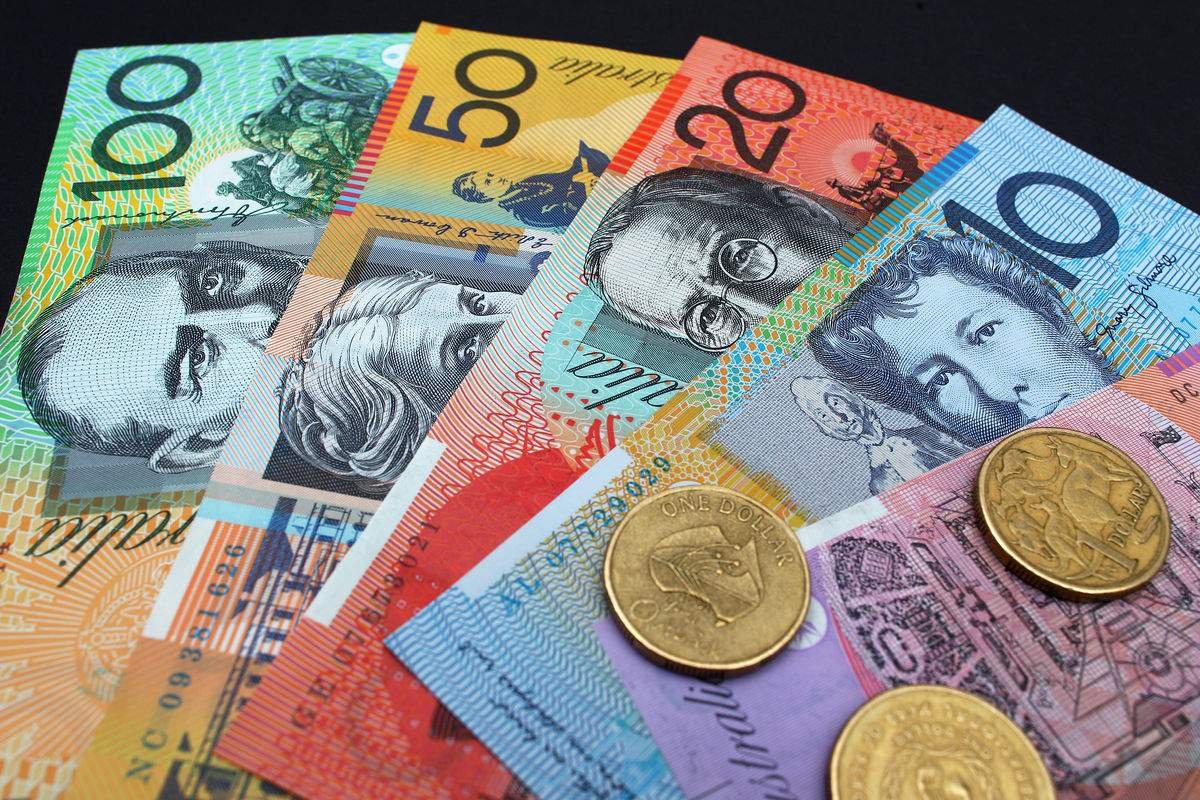What is a Dollar? Meaning, Definition!
Dollar (often represented by the dollar sign $) is the name of more than twenty currencies, including (ordered by population) those of the United States, Canada, Australia, Taiwan, Hong Kong, Singapore, New Zealand, Liberia, Jamaica, and Namibia. The U.S. dollar is the official currency of East Timor, Ecuador, El Salvador, Federated States of Micronesia, Marshall Islands, Palau, the Caribbean Netherlands, and for banknotes, Panama. Generally, one dollar is divided into one hundred cents. The Currency, a system of money in general use in a particular country. What is a Rupee? Now, you learn What is a Dollar?
“The history of the dollar. For symbol “$”, see Dollar sign. The Slovenian philosopher, see Mladen Dolar. The municipality in Spain, see Dólar.”
Exchange Currency in US Dollar
One US Dollar ($1) Rated to Others Country:
-
1.38 Australian Dollar
-
1.00 Bahamian Dollar
-
2.00 Barbadian Dollar
-
2.01 Belize Dollar
-
1.00 Bermudan Dollar
-
1.44 Brunei Dollar
-
1.34 Canadian Dollar
-
0.82 Cayman Islands Dollar
-
2.70 East Caribbean Dollar
-
2.13 Fijian Dollar
-
207.21 Guyanaese Dollar
-
7.76 Hong Kong Dollar
-
128.80 Jamaican Dollar
-
91.00 Liberian Dollar
-
13.96 Namibian Dollar
-
32.01 New Taiwan Dollar
-
1.44 New Zealand Dollar
-
1.44 Singapore Dollar
-
7.39 Surinamese Dollar
-
6.75 Trinidad & Tobago Dollar
History of Dollar
On 15 January 1520, the Czech Kingdom of Bohemia began minting coins from silver mined locally in Joachimsthal (Czech Jáchymov) and marked on the reverse with the Czech lion. The coins were called Joachim’s thaler, which became shortened in common usage to thaler or taler. The German name “Joachimsthal” literally means “Joachim’s valley” or “Joachim’s dale”. This name found its way into other languages: Czech tolar, Hungarian tallér, Danish and Norwegian (rigs) daler, Swedish (riks)daler, Icelandic dalur, Dutch (rijks)daalder or daler, Ethiopian ታላሪ (“talari”), Italian tallero, Polish talar, Persian dare, as well as – via Dutch – into English as dollar.
A later Dutch coin depicting also a lion was called the leeuwen daler or leeuwen daalder, literally ‘lion daler’. The Dutch Republic produced these coins to accommodate its booming international trade. The leeuwen daler circulated throughout the Middle East and was imitated in several German and Italian cities. This coin was also popular in the Dutch East Indies and in the Dutch New Netherland Colony (New York). It was in circulation throughout the Thirteen Colonies during the 17th and early 18th centuries and was popularly known as “lion (or lyon) dollar”. The currencies of Romania and Bulgaria are, to this day, ‘lion’ (leu/leva). The modern American-English pronunciation of dollar is still remarkably close to the 17th-century Dutch pronunciation of daler. Some well-worn examples circulating in the Colonies were known as “dog dollars”.
Spanish pesos – having the same weight and shape – came to be known as Spanish dollars. By the mid-18th century, the lion dollar had been replaced by Spanish dollar, the famous “pieces of eight”, which were distributed widely in the Spanish colonies in the New World and in the Philippines.
Types of Dollar with Countries Bases
 Antigua and Barbuda Antigua and Barbuda |
East Caribbean dollar | XCD | ||
| Australian dollar | AUD | 1966-02-14 | Australian pound 1910-1966 Pound sterling 1825-1910 |
|
| Bahamian dollar | BSD | Bahamian pound | ||
| Barbadian dollar | BBD | |||
| Belize dollar | BZD/USD | 1973 | British Honduran Dollar | |
| Bermuda dollar | BMD | |||
| Brunei dollar (Alongside the Singapore dollar) |
BND (SGD) |
|||
| Canadian dollar | CAD | 1858 | Canadian pound 1841-1858 Spanish dollar pre-1841 Newfoundland dollar, pre-1949 in the Dominion of Newfoundland |
|
| Cayman Islands dollar | KYD | |||
| East Caribbean dollar | XCD | |||
| United States dollar | USD | |||
| United States dollar | USD | 2001 | Ecuadorian sucre | |
| United States dollar | USD | 2001-01-01 | Salvadoran colón | |
| Fijian dollar | FJD | |||
| East Caribbean dollar | XCD | |||
| Guyanese dollar | GYD | |||
| Hong Kong dollar | HKD | 1863 | Rupee, Real (Spanish/Colonial Spain: Mexican), Chinese cash | |
| Jamaican dollar | JMD | 1969 | Jamaican pound | |
| Kiribati dollar along with the Australian dollar | N/A / AUD | |||
| Liberian dollar | LRD | |||
| United States dollar | USD | |||
| United States dollar | USD | |||
| Namibian dollar along with the South African rand | NAD | 1993 | South African rand | |
| Australian dollar | AUD | |||
| New Zealand dollar | NZD | 1967 | New Zealand pound | |
| United States dollar | USD | |||
| East Caribbean dollar | XCD | |||
| East Caribbean dollar | XCD | |||
| East Caribbean dollar | XCD | |||
| Singapore dollar | SGD | |||
| Solomon Islands dollar | SBD | |||
| Surinamese dollar | SRD | 2004 | Surinamese guilder | |
| New Taiwan dollar | TWD | 1949 | ||
| Trinidad and Tobago dollar | TTD | |||
| Tuvaluan dollar along with the Australian dollar | TVD / AUD | |||
| United States dollar | USD | 1792 | Spanish dollar colonial script |
|
| United States dollar | USD | Zimbabwean dollar |
Note: All Countries Dollar exchange rate, 21 December 2016.



